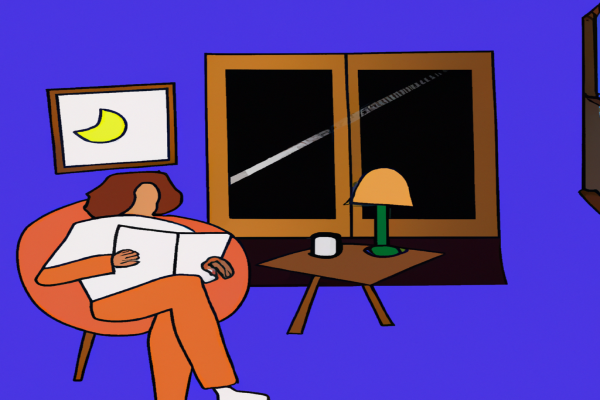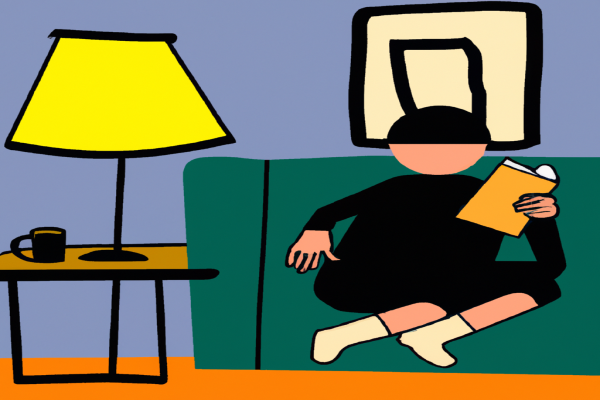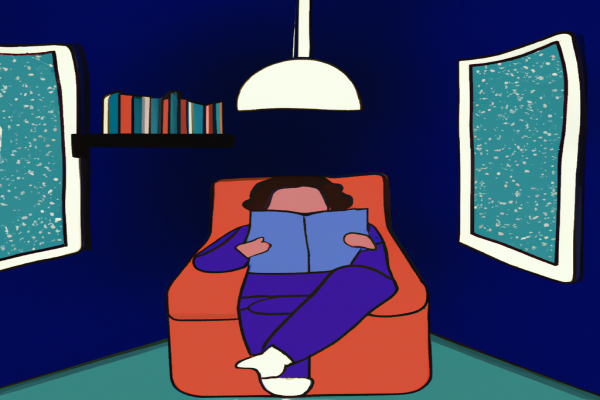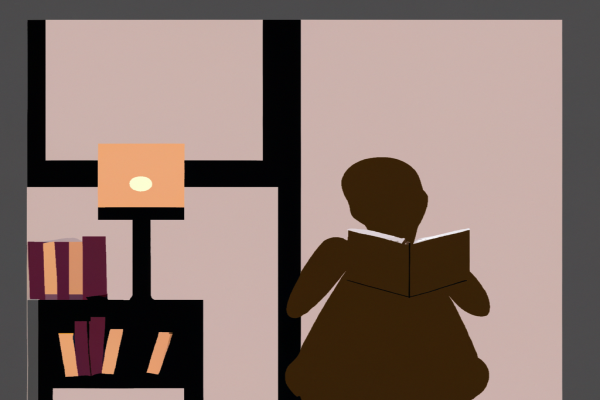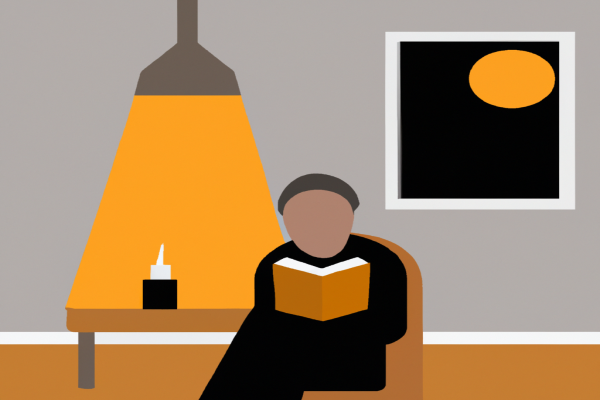To The Lighthouse: Summary
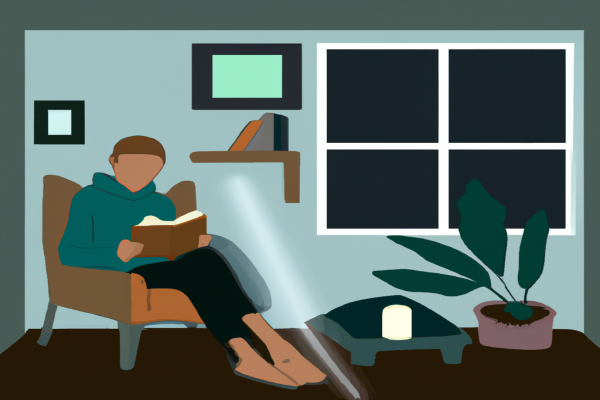
To The Lighthouse is a novel by Virginia Woolf that follows the lives of the Ramsay family, who are spending a summer holiday at their vacation home in the Hebrides Islands off the west coast of Scotland. It focuses primarily on Mrs. Ramsay, her husband, and their eight children, as well as a few other guests at their holiday home. Throughout the novel, we witness the family's many conversations and experiences, as well as Mrs. Ramsay's struggles to maintain order and harmony in her household. Alongside these domestic dramas, Woolf also explores themes such as time, death and mortality, and art. Ultimately, the novel culminates in a beautiful scene of redemption and hope when Mr. Ramsay takes his family to the lighthouse they had been discussing throughout their holiday.
Want to know more?
What is To The Lighthouse about?
To The Lighthouse is a modernist novel by Virginia Woolf. It is set in a coastal holiday home in Scotland and follows the lives of two families, the Ramsays and their guests, over a period of ten years. The main themes of the novel are loss and grief, relationships, identity, and time. Loss and grief are explored as characters experience changes in their lives such as death, divorce, and separation. Relationships are examined through the interactions between family members and friends as they strive to maintain close bonds despite external pressures. Identity is explored through characters' attempts to define themselves in different scenarios. Finally, time is used as a narrative device to reflect on the past and contemplate about the future.
To The Lighthouse: Book Club Questions
- What is the significance of the lighthouse in the novel?
- How does Woolf use symbolism throughout To The Lighthouse?
- What themes does Woolf explore in the novel?
- How does the structure of To The Lighthouse contribute to its themes and narrative?
- What is the importance of gender roles in To The Lighthouse?
- How does Woolf depict childhood versus adulthood in To The Lighthouse?
- What character development is evident throughout the novel?
- How do characters interact with each other and how do these interactions shape their relationships?
- What role does nature play in To The Lighthouse?
- What are your thoughts on Woolf's writing style in To The Lighthouse?
What to say about To The Lighthouse
- The poetic prose in To The Lighthouse captures the beauty of the Hebridean landscape and its inhabitants.
- The novel's narrative structure expertly builds tension between the characters and their environment.
- Woolf effectively uses symbolism throughout the novel to explore themes of family dynamics, identity, and mortality.
- Through subtle yet powerful imagery, Woolf challenges traditional gender roles and explores the complexities of womanhood.
- To The Lighthouse is a brilliant reflection on how our memories shape our understanding of ourselves and our pasts.
- One of the most striking aspects of To The Lighthouse is how Woolf blends realism with dreamlike sequences to create a unique atmosphere.
- The beauty in Woolf's writing lies in her ability to capture mundane moments with an extraordinary level of detail and emotion.
- By introducing multiple perspectives, Woolf allows readers to gain insight into each character's individual struggles and motivations.
- To The Lighthouse is a profound meditation on the nature of time and its effect on our lives.
- Woolf's use of stream-of-consciousness narration adds depth to her characters and creates a vivid portrait of their inner worlds.
Top 5 Quotes from To The Lighthouse
- "Yes, of course, if it's fine tomorrow," said Mrs. Ramsay. "But you'll have to be up with the lark," she added.
- For nothing was simply one thing. The other I—whatever a person chose to make of it—was always hovering there, dimly.
- Time passed. It was no longer morning; it was afternoon.
- But in her heart was the remains of her morning's anger, an army retreating, but still visible in the flag tossed defiantly on the heights, and she did not want him to come too close; she wanted him to admire from a distance; and so they stood looking at each other in silence, quite far off together.
- But then again life might be made into something so beautiful that it must be remembered—every moment of it—or else one would die of regret.
Adaptations of To The Lighthouse
1. To The Lighthouse (1979): This BBC television adaptation stars Rosemary Harris as Mrs. Ramsay and Michael Gough as Mr. Ramsay. 2. To The Lighthouse (2003): This film adaptation, directed by Terence Davies, stars Virginia McKenna as Mrs. Ramsay and Robert Carlyle as Mr. Ramsay. 3. To The Lighthouse (2006): This radio play, commissioned by Radio 4 in the UK, was adapted by Ian McEwan and directed by Polly Thomas. 4. To The Lighthouse (2008): This theatrical adaptation, written by English playwright Simon Reade and directed by Howard Davies, was performed at the National Theatre in London in 2008.
Other books by Virginia Woolf
- Mrs. Dalloway
- Orlando
- A Room of One's Own
- The Waves
- Jacob's Room
- The Years
- Monday or Tuesday
- Night and Day
- Kew Gardens
- Between the Acts
- The Voyage Out Mrs. Dalloway's Party A Haunted House and Other Short Stories The Common Reader, First Series The Common Reader, Second Series
Did you know?
To The Lighthouse was Virginia Woolf's fifth novel and is widely considered one of her most successful works.
